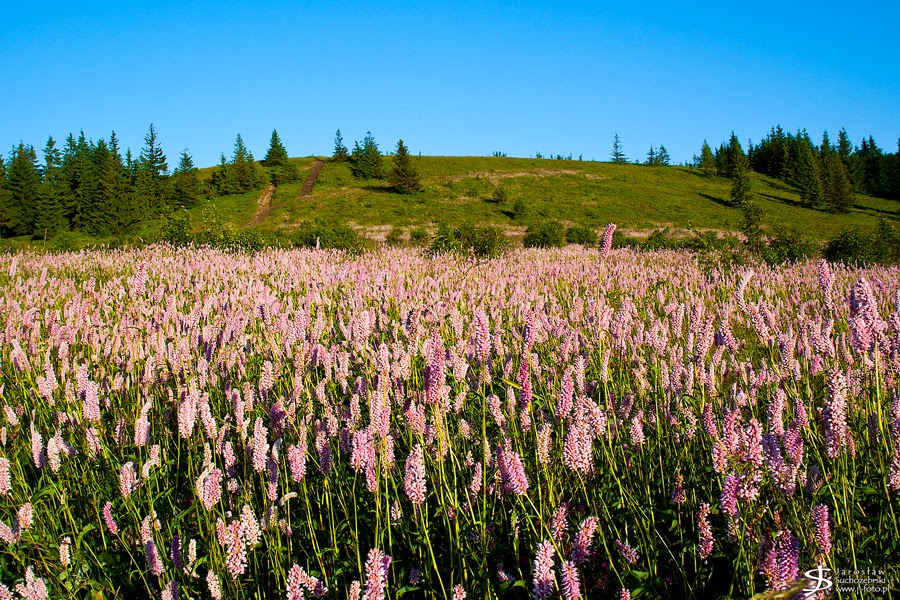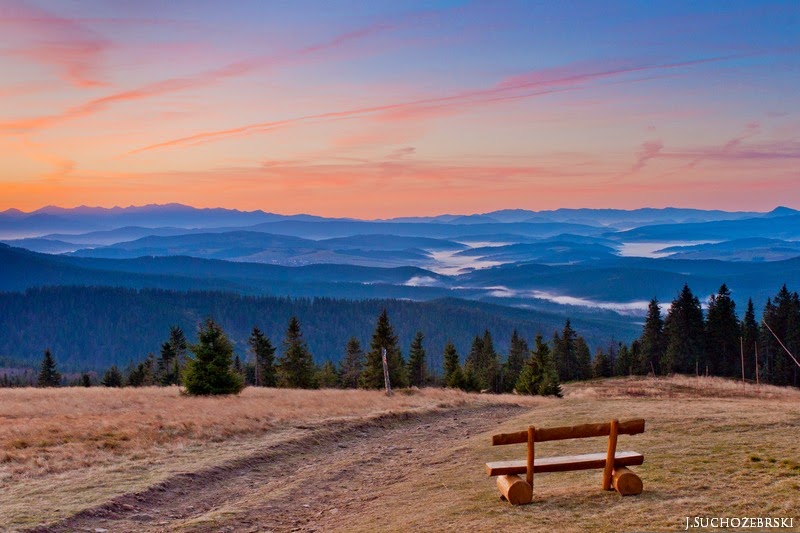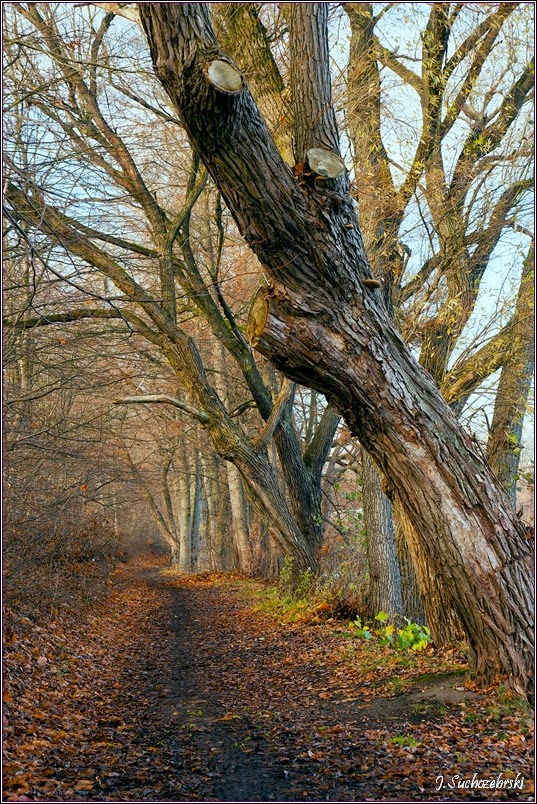Ostróda's advantageous location makes the town rich in attractions relating to active relaxation. City is nicknamed “The Pearl of Masuria”. Here is the central port of the network of three canals: the Ostróda-Elbląg Canal, Ostróda-Stare Jabłonki and Ostróda-Iława. The most famous one is the Ostróda-Elbląg Canal that is equipped with a system of slipways making it possible to sail a ship on... the land. The Canal was built in the middle of the 19th century and joined the Drwęca Lake (Ostróda) with the Druzno Lake (Elbląg). Canal, being the only one object of its kind in Europe, is the main tourist attraction of the region. At Lake Drwęca, water sport lovers may use an 800 m water ski lift, a professional canoe track and a town beach with a water sports equipment rental. Tourists cannot overlook yet another attraction, namely the biggest inland pier in Poland. Linked to: Drwęca Lake shore path




















